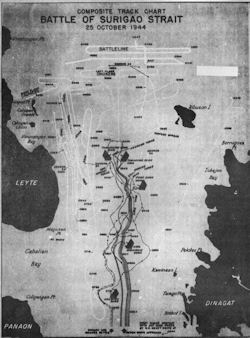
The Halmaheras--MOROTAI
JAPANESE FLEE TO THE HILLS ON MOROTAI
Coordinated with the attack on the Palaus, 500 miles to
the northeast, U.S. troops landed on the south-western coast of Morotai
Island, northernmost of the Halmaheras Group on 15 September, 1944. The landings
were preceded and supported by heavy air and naval bombardments of the landing
area and of enemy airfields on nearby Halmahera Island. Units of the Seventh
Fleet and of the Pacific Fleet, including carrier-based aircraft, convoyed the
armada of transports, landing craft and other ships and participated in the
landing operations. The first wave of
assault troops went ashore at 0830, landing from almost
every type of amphibious craft. In less than half an hour we had established two
beachheads, one at the base of Cape Gila peninsula, and another a. mile to the
south. Both forces pushed inland and established a perimeter around the, base of
the peninsula and gained possession of Pitoe airfield, without opposition. The
small enemy garrison on the island, probably not numbering over 200, fled
without offering any resistance, either on the beaches or later, and scattered
into the rugged jungle covered mountains. Despite a fringing reef, with shoals
and coral heads, all landings were made without incident, the amphibious tracks
being followed to the beaches by LCT's and LST's, while offshore, converted
destroyers and transports unloaded more troops and engineering equipment. Our
losses were very light with no fatalities and only three wounded. During the
night of the 16th two enemy planes unsuccessfully attacked our positions and on
the following day there was an unsuccessful attack by 2 enemy dive bombers, one
of which was shot down. On the 17th three more unopposed landings were made on
Morotai. This landing carried our Southwest Pacific ground forces north of the
equator for the first time and deepened our penetration of the Netherlands East
Indies. Establishment of airfields on the island brought all the southern
Philippines within easy range of even our light bombers and permitted fighters
regularly to escort bombers in attacks on Mindanao and the islands to the north.
The range of heavy bombers was greatly extended and they were now able to reach
the central Philippines.
COAST GUARD VETERANS AT MOROTAI
The Coast Guardsmen manning the LST's at Morotai were
the veterans of campaigns as far back as Lae and Finschhafen, of the
initial landings at Cape Gloucester and of resupply from Saidor to Biak. They
had helped secure the Green Beach at Sansapor. A large Task Unit of LST's and
miscellaneous cargo vessels under CG Command, Captain Frank D. Higbee, were
first to land at Pitoe Beach on the east shore of Morotai. This beach proved so
superior to Red Beach on the west shore that landing elsewhere were
discontinued. It is the steepest beach used in the whole campaign -so deep near
shore that stern anchors could not be used. As the Task Force hove into sight of
Red and White beaches on Morotai, an even larger force of ships approached from
the south, using the same time table, but one day later. They were the First
Reinforcement Group, under way to initiate the resupply phase of the operation.
Now the Elsie Items (LCI) and Elsie Tares (LCT) were nuzzling against the shore
discharging men and machines to reinforce the assault troops already on the
island. The task of resupply had begun, one which would take weeks and would
keep life blood flowing to our forces both by air and sea.

